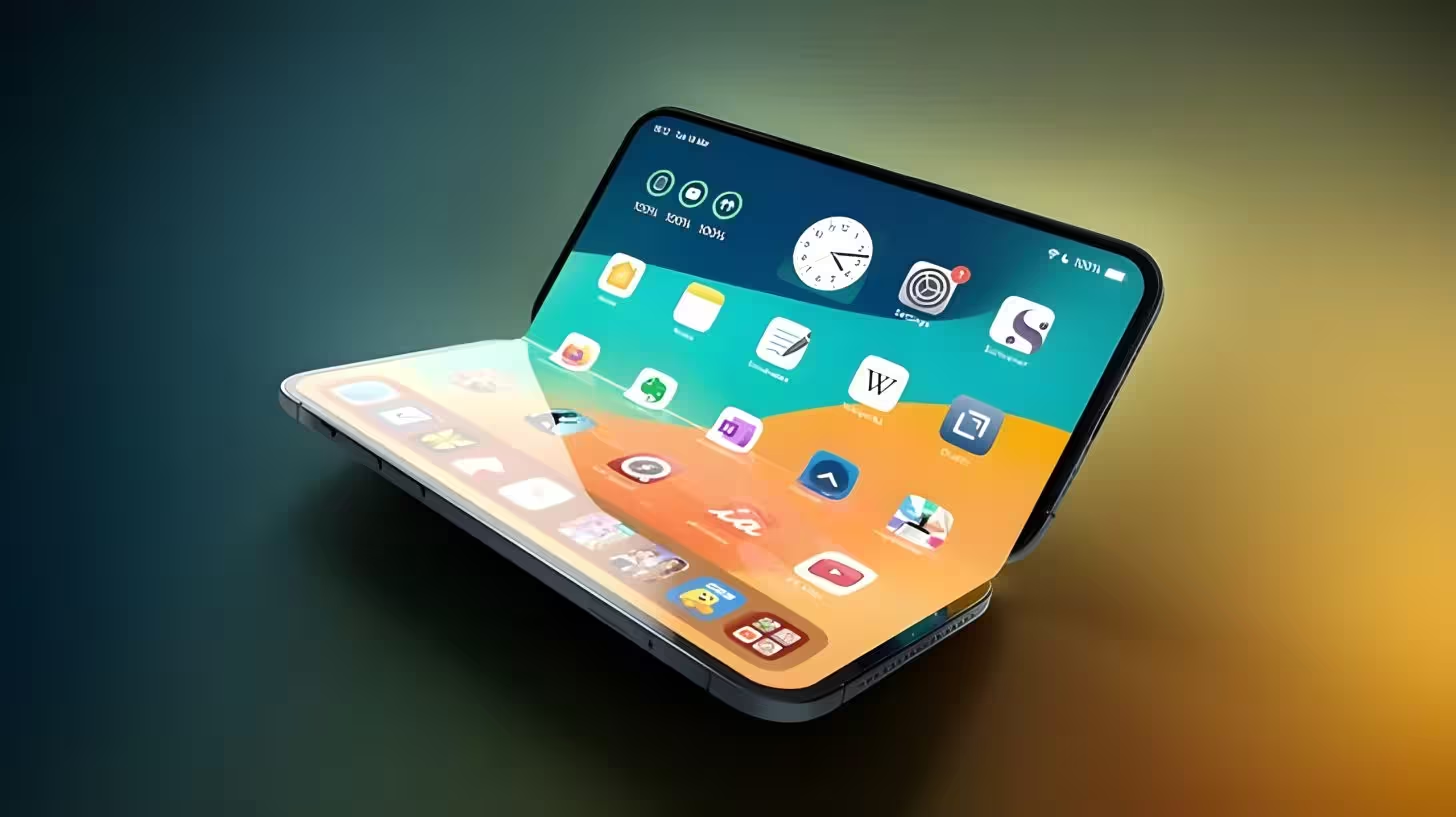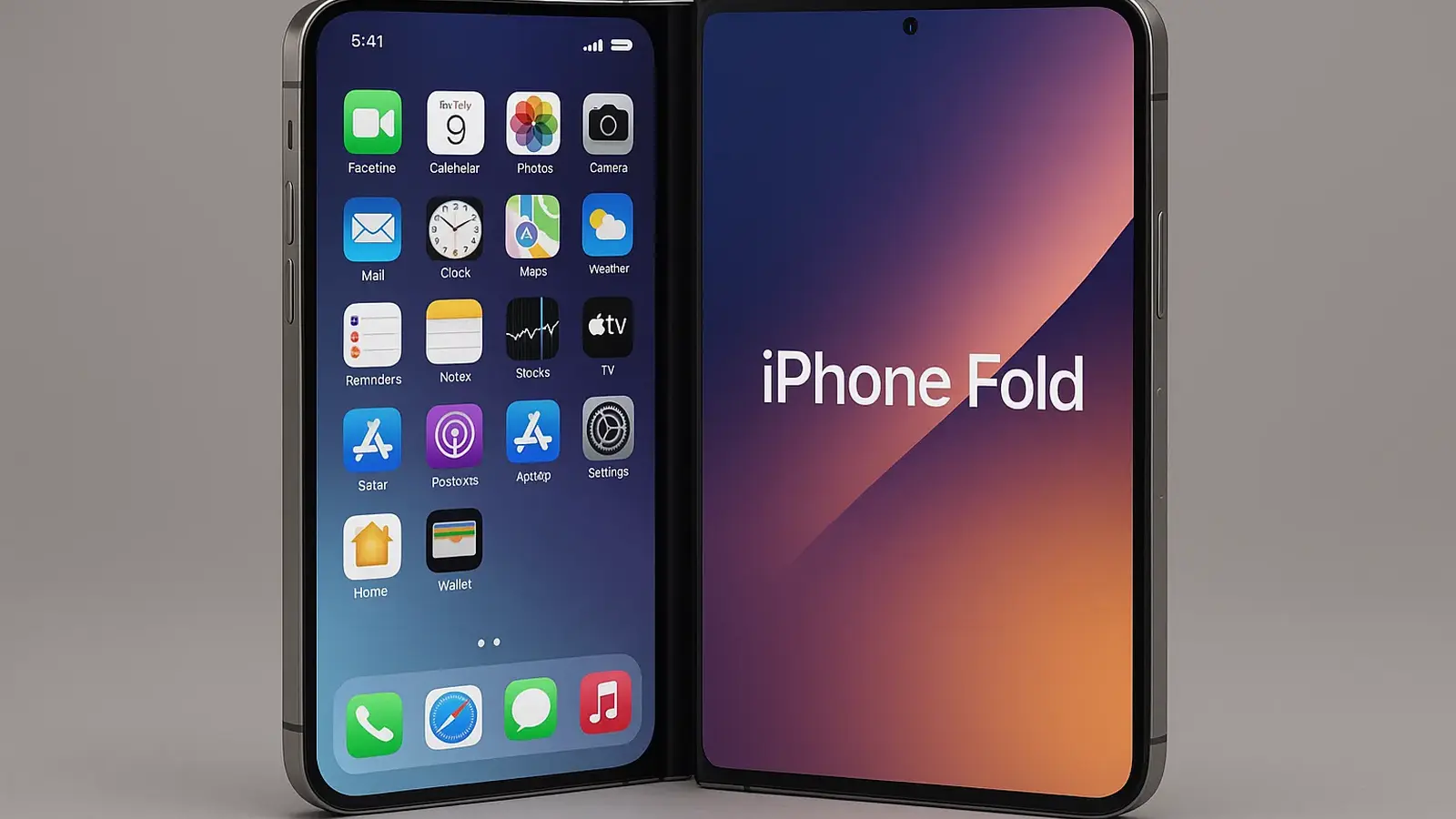4 Minutes
Apple's rumored foldable iPhone is already a magnet for headlines, analyst notes, and wildly divergent forecasts — even though a public launch is still months away. A recent update from Jefferies' Edison Lee adds a more cautious voice to the conversation, arguing that expectations may be running ahead of reality.
Jefferies' cautious forecast: modest unit sales ahead
In a fresh research note, Jefferies slightly lifted its iPhone shipment outlook for fiscal 2025 and 2026 but trimmed 2027 expectations. The reason: strong short-term demand for the base iPhone 17 is masking weaker prospects for higher-end models and the upcoming foldable variant.
Edison Lee projects the foldable iPhone — often referred to in reports as the "18 Fold" — will sell around 12.5 million units in its first year. That figure sits far below some supply-chain rumors suggesting Apple could plan for mass production volumes as high as 95 million units.
How iPhone 17 dynamics skew the picture
Apple appears to have boosted the base iPhone 17 by doubling base storage to 256 GB while keeping the same retail price as the iPhone 16 base model. Jefferies views that move as an implied $100 price cut on entry-level iPhones, which has already been priced into demand expectations.
That short-term bump for the mainstream model helps overall shipments, but Lee warns it creates an illusion of sustained growth. In his view, the bigger, pricier models — notably the Pro and Pro Max — plus the foldable iPhone may struggle to meet the elevated optimism around them.

Jefferies' shipment outlook at a glance
- FY 2025: 248 million iPhones (revised up)
- FY 2026: 250 million iPhones (marginal growth)
- FY 2027: 248 million iPhones (expected contraction)
The analyst expects a $100 price increase on the iPhone 18 Pro and Pro Max to cool demand for those higher-margin models, contributing to the modest decline projected for 2027.
Hype vs. reality: where the numbers diverge
On one side are supply-chain reports — such as those from Nikkei Asia — suggesting Apple could scale foldable production aggressively and aim for double-digit shipment growth in 2026 by adding the new form factor. On the other is Jefferies' more conservative read that demand for a foldable iPhone will be far smaller, at least initially.
Why the gap? Early-stage product buzz, optimistic manufacturing plans, and the memory of past smartphone upgrade cycles can all inflate forecasts. Jefferies argues that much of the upside tied to a potential “super upgrade” cycle may already be baked into current projections.
What to watch next
- Supply-chain leaks: component orders and production cadence will hint at Apple’s own shipment targets.
- iPhone 17 lead times: ongoing availability is a quick signal of demand strength or weakening.
- Pricing signals: whether Apple repeats the implied price-cut play by boosting base storage on future models.
- Analyst updates: Wall Street’s estimates will evolve as real-world data replaces speculation.
Until Apple confirms specs, pricing, and launch timing, the foldable iPhone will remain a contested story — one where supply-chain optimism and cautious financial modeling are likely to collide frequently.
Source: wccftech


Leave a Comment